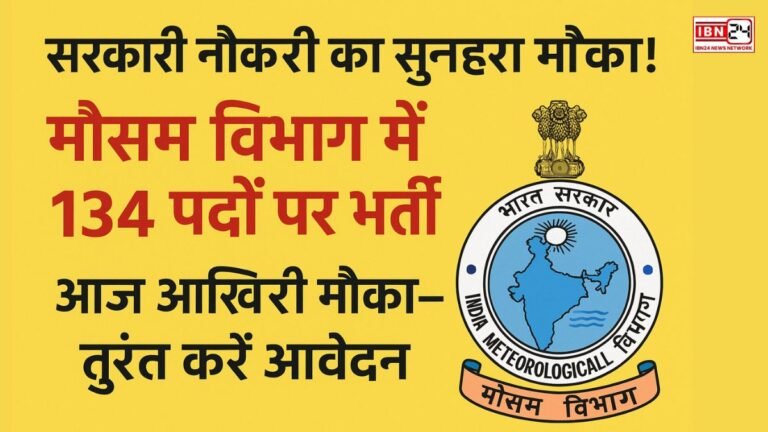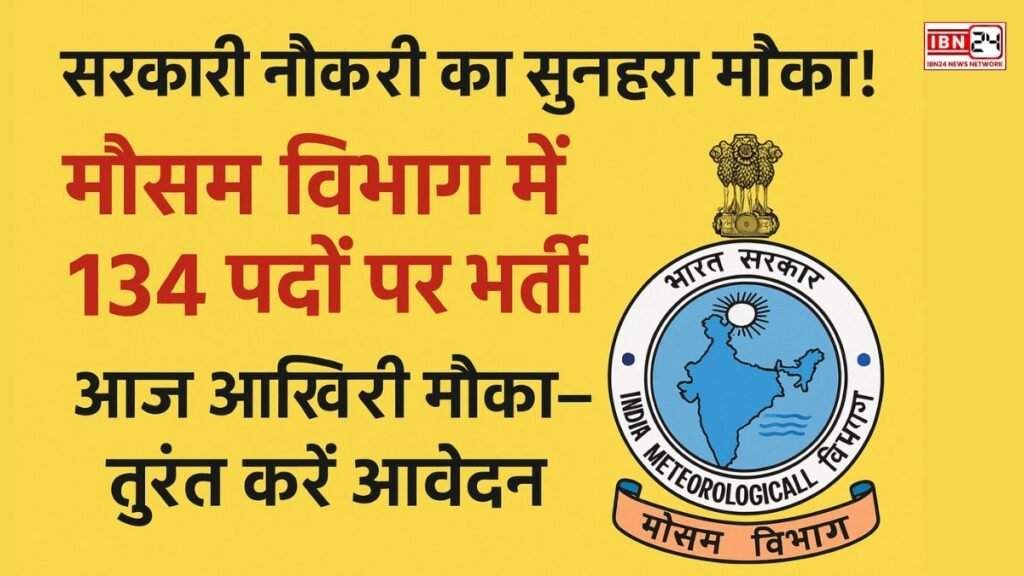कोहरे के कारण सड़क हादसों से बचने के लिए बरतें ये खास सावधानियां! सर्दियों में कोहरा (Fog) केवल मौसम की खूबसूरती नहीं बढ़ाता, बल्कि यह सड़कों पर सबसे बड़ा खतरा भी बन जाता है। कोहरे के कारण विजिबिलिटी (दृश्यता) इतनी कम हो जाती है कि सड़क हादसे कई गुना बढ़ जाते हैं। राष्ट्रीय राजमार्ग प्राधिकरण (NHAI) और सड़क सुरक्षा विशेषज्ञों के अनुसार, कोहरे में सुरक्षित ड्राइविंग के लिए सामान्य ड्राइविंग नियमों से हटकर कुछ विशेष सावधानियां बरतनी पड़ती हैं।

यह लेख आपको कोहरे के कारण होने वाले सड़क हादसों से बचने के लिए दो महत्वपूर्ण पहलुओं पर मार्गदर्शन करेगा: कोहरे में ड्राइव शुरू करने से पहले की आवश्यक जांचें और कोहरे में ड्राइविंग के दौरान बरती जाने वाली 8 महत्वपूर्ण सावधानियां।
कोहरे में ड्राइव से पहले चेक करें ये 5 चीजें
कोहरे के कारण सड़क हादसों से बचने के लिए बरतें ये खास सावधानियां! कोहरे में आपकी गाड़ी की तकनीकी तैयारी आपकी सुरक्षा की पहली गारंटी है। इन 5 चीजों को जरूर जांचें:
1. फॉग लाइट्स
सुनिश्चित करें कि आपकी गाड़ी की फॉग लाइट्स (पीली या सफेद) काम कर रही हैं। ये लाइट्स विशेष रूप से कोहरे को भेदने और सड़क पर कम दूरी तक रोशनी डालने के लिए डिज़ाइन की गई हैं। यदि आपकी गाड़ी में फॉग लाइट्स नहीं हैं, तो उन्हें लगवाएं।
2. हेडलाइट्स और टेल लाइट्स
सभी हेडलाइट्स, टेल लाइट्स और ब्रेक लाइट्स को साफ करें। कोहरे में आपकी गाड़ी की लाइट्स का काम करना ही नहीं, बल्कि साफ होना भी जरूरी है ताकि अन्य ड्राइवर आपको दूर से देख सकें।
3. विंडशील्ड और डीफॉगर
विंडशील्ड को अंदर और बाहर दोनों तरफ से अच्छी तरह साफ करें। कोहरे के कारण शीशे पर नमी जम जाती है, इसलिए डीफॉगर (Defogger) को ऑन करके जांच लें कि वह ठीक से काम कर रहा है या नहीं।
4. वाइपर ब्लेड और वॉशर फ्लूइड
कोहरे के साथ अक्सर हल्की बूंदा-बांदी या नमी होती है। सुनिश्चित करें कि वाइपर ब्लेड अच्छी स्थिति में हैं और वॉशर फ्लूइड भरा हुआ है, ताकि विंडशील्ड को तुरंत साफ किया जा सके।
5. टायर की ग्रिप
कोहरे में सड़क की सतह अक्सर गीली और फिसलन भरी हो जाती है। टायरों की ग्रिप (ट्रेड डेप्थ) अच्छी होनी चाहिए ताकि ब्रेकिंग के दौरान गाड़ी फिसले नहीं।
कोहरे में ड्राइविंग के दौरान बरतें 8 सावधानियां
कोहरे के कारण सड़क हादसों से बचने के लिए बरतें ये खास सावधानियां! कोहरे में ड्राइविंग के दौरान सामान्य नियमों के साथ-साथ इन 8 विशेष सावधानियों का पालन करना अनिवार्य है:
1. धीमी गति रखें
कोहरे में सबसे महत्वपूर्ण नियम है गति कम रखना। आपकी गति इतनी होनी चाहिए कि आप उतनी दूरी में गाड़ी रोक सकें जितनी दूरी तक आप देख पा रहे हैं। तेज गति से गाड़ी चलाना कोहरे में आत्महत्या के समान है।
2. लो-बीम हेडलाइट्स का उपयोग करें
कोहरे में कभी भी हाई-बीम हेडलाइट्स (High-Beam) का उपयोग न करें। हाई-बीम कोहरे के कणों से टकराकर वापस आपकी आंखों में आती है, जिससे विजिबिलिटी और भी कम हो जाती है। हमेशा लो-बीम और फॉग लाइट्स का उपयोग करें।
3. सुरक्षित दूरी बढ़ाएं
सामान्य मौसम की तुलना में कोहरे में आगे चल रहे वाहन से दोगुनी या तिगुनी सुरक्षित दूरी बनाए रखें। इससे आपको अचानक ब्रेक लगाने की स्थिति में प्रतिक्रिया करने का पर्याप्त समय मिलेगा।
4. ओवरटेकिंग से बचें
कोहरे में विजिबिलिटी कम होने के कारण ओवरटेक करना अत्यंत खतरनाक हो सकता है। अनावश्यक ओवरटेकिंग से पूरी तरह बचें। यदि ओवरटेक करना ही पड़े, तो हॉर्न दें और पूरी तरह सुनिश्चित होने के बाद ही आगे बढ़ें।
5. सड़क के किनारे को गाइड मानें
सड़क पर बनी सफेद या पीली लाइनों (लेन मार्किंग) या सड़क के किनारे लगे रिफ्लेक्टरों को अपना गाइड (Visual Guide) बनाएं। इससे आपको अपनी लेन में बने रहने में मदद मिलेगी।
6. हॉर्न का सही उपयोग करें
कोहरे में हॉर्न आपकी उपस्थिति को दर्शाने का एक महत्वपूर्ण साधन है। नियमित अंतराल पर धीरे-धीरे हॉर्न बजाते रहें, खासकर मोड़ पर या जब आप किसी चौराहे के पास हों।
7. हैजर्ड लाइट्स का उपयोग सोच-समझकर करें
हैजर्ड लाइट्स (Hazard Lights) का उपयोग केवल तभी करें जब आपकी गाड़ी सड़क के किनारे खड़ी हो या आप बहुत धीमी गति से चल रहे हों और अन्य ड्राइवरों को अपनी उपस्थिति के बारे में चेतावनी देना चाहते हों। चलते समय हैजर्ड लाइट्स का उपयोग करने से बचें, क्योंकि इससे इंडिकेटर (टर्न सिग्नल) का पता नहीं चलता।
8. अनावश्यक रूप से ब्रेक न लगाएं
अचानक और अनावश्यक रूप से ब्रेक लगाने से बचें। यदि आपको धीमा होना है, तो धीरे-धीरे ब्रेक लगाएं और पीछे वाले ड्राइवर को चेतावनी देने के लिए ब्रेक लाइट्स को कुछ देर तक जलाए रखें।
कोहरे में ड्राइविंग एक चुनौती है, लेकिन सही तैयारी और इन सावधानियों का पालन करके आप सड़क हादसों से बच सकते हैं और अपनी यात्रा को सुरक्षित बना सकते हैं। यदि कोहरा बहुत घना हो, तो सबसे सुरक्षित विकल्प यही है कि आप यात्रा टाल दें या किसी सुरक्षित स्थान पर रुककर कोहरे के छंटने का इंतजार करें।
Read also this Article : Govt Job: रेलवे में ग्रुप D के 22,000 पदों पर भर्ती—10वीं पास करें आवेदन, उम्र सीमा 36 साल
पल पल की खबर के लिए IBN24 NEWS NETWORK का YOUTUBE चैनल आज ही सब्सक्राइब करें। चैनल लिंक:https://youtube.com/@IBN24NewsNetwork?si=ofbILODmUt20-zC3
Facebook: https://www.facebook.com/ibn24newsnetwork/
Twitter: https://x.com/IBN24Network?t=K1A8JK8CUwcgllMRYQNPOw&s=08
Instagram: https://www.instagram.com/ibn24newsnetwork

















